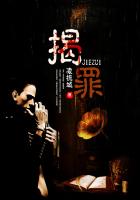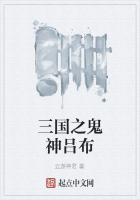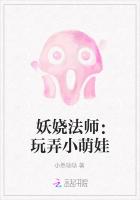First an ordinary photograph is taken and a negative made.Then a print is made and a wet plate negative is printed on a sheet of sensitised tinfoil which has been treated with a single-line screen.You know a halftone consists of a photograph through a screen composed of lines running perpendicular to each other - a coarse screen for newspaper work, and a fine screen for better work, such as in magazines.Well, in this case the screen is composed of lines running parallel in one direction only, not crossing at right angles.A halftone is composed of minute points, some light, some dark.This print is composed of long shaded lines, some parts light, others dark, giving the effect of a picture, you understand?""Yes, yes," I exclaimed, thoroughly excited.
"Well, he resumed as the print widened visibly, this tinfoil negative is wrapped around a cylinder at the other end of the line and a stylus with a very delicate, sensitive point begins passing over it, crossing the parallel lines at right angles, like the other lines of a regular halftone.Whenever the point of the stylus passes over one of the lighter spots on the photographic print it sends on a longer electrical vibration, over the darker spots a shorter vibration.The ever changing electrical current passes up through the stylus, vibrates with ever varying degrees of intensity over the thousand miles of telephone wire between Chicago and this instrument here at the other end of the line.
"In this receiving apparatus the current causes another stylus to pass over a sheet of sensitised chemical paper such as we have here.
The receiving stylus passes over the paper here synchronously with the transmitting stylus in Chicago.The impression which each stroke of the receiving stylus makes on the paper is black or light, according to the length of the very quickly changing vibrations of the electric current.White spots on the photographic print come out as black spots here on the sensitised paper over which this stylus is passing, and vice versa.In that way you can see the positive print growing here before your very eyes as the picture is transmitted from the negative which Clark has prepared and is sending from Chicago."As we bent over eagerly we could indeed now see what the thing was doing.It was reproducing faithfully in New York what could be seen by the mortal eye only in Chicago.
"What is it?" asked Williams, still half incredulous in spite of the testimony of his eyes.
"It is a photograph which I think may aid us in deciding whether it is Dawson or Brown who is responsible for the forgeries," answered Kennedy, "and it may help us to penetrate the man's disguise yet, before he escapes to South America or wherever he plans to go.""You'll have to hurry," interposed Carroll, nervously looking at his watch."She sails in an hour and a half and it is a long ride over to the pier even with a fast car.""The print is almost ready," repeated Kennedy calmly."By the way, it is a photograph which was taken at Atlantic City a few days ago for a booklet which the Lorraine was getting out.The By-Products forger happened to get in it and he bribed the photographer to give him the plate and take another picture for the booklet which would leave him out.The plate was sent to a little office in Chicago, discovered by the post-office inspectors, where the forged stock certificates were sold.I understood from what Clark told me over the telephone before he started to transmit the picture that the woman in it looked very much like Adel DeMott.
Let us see."=20



